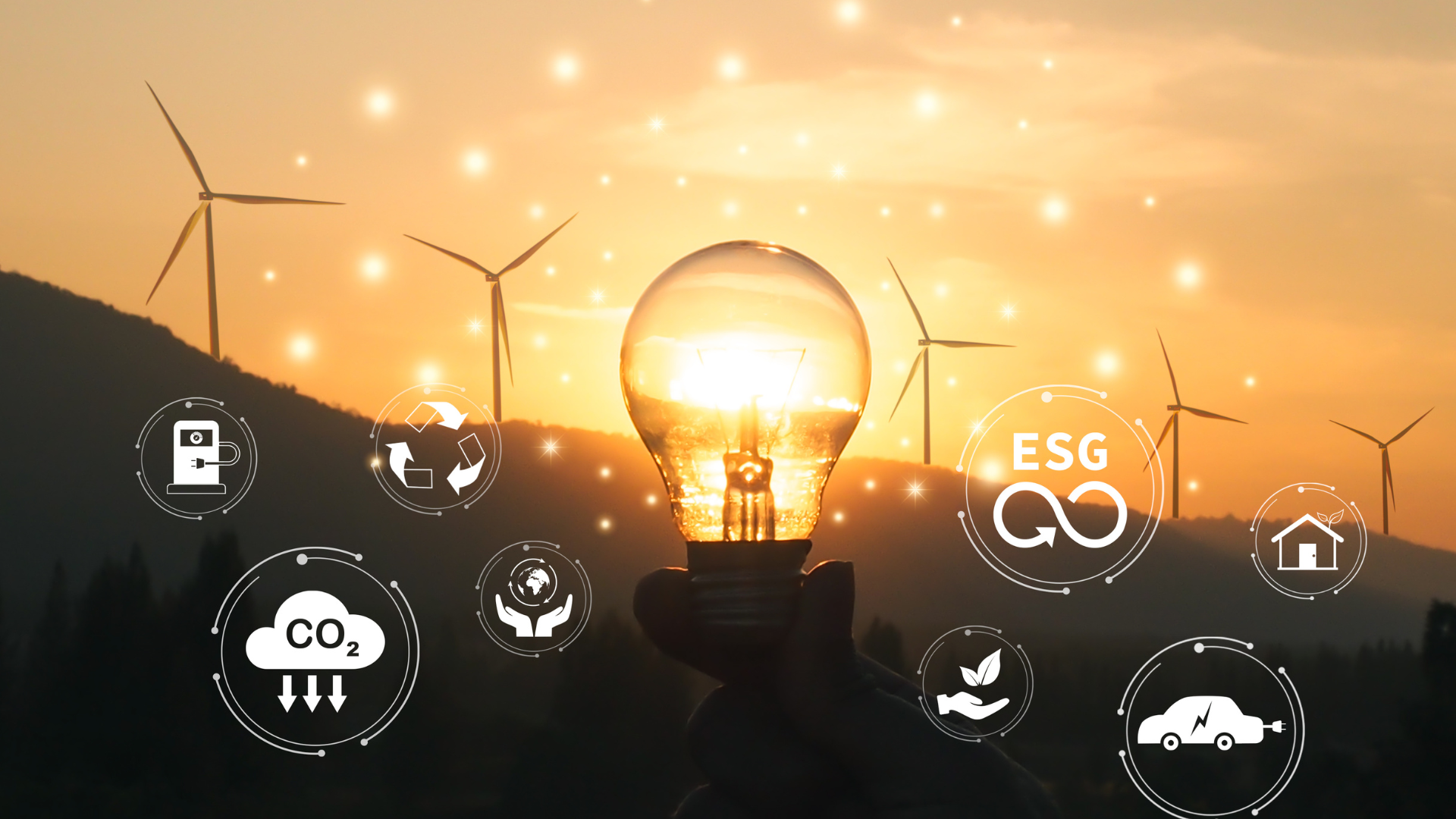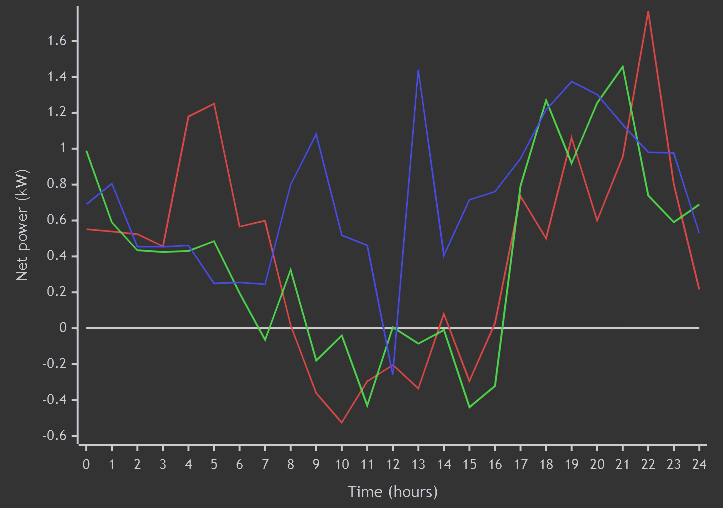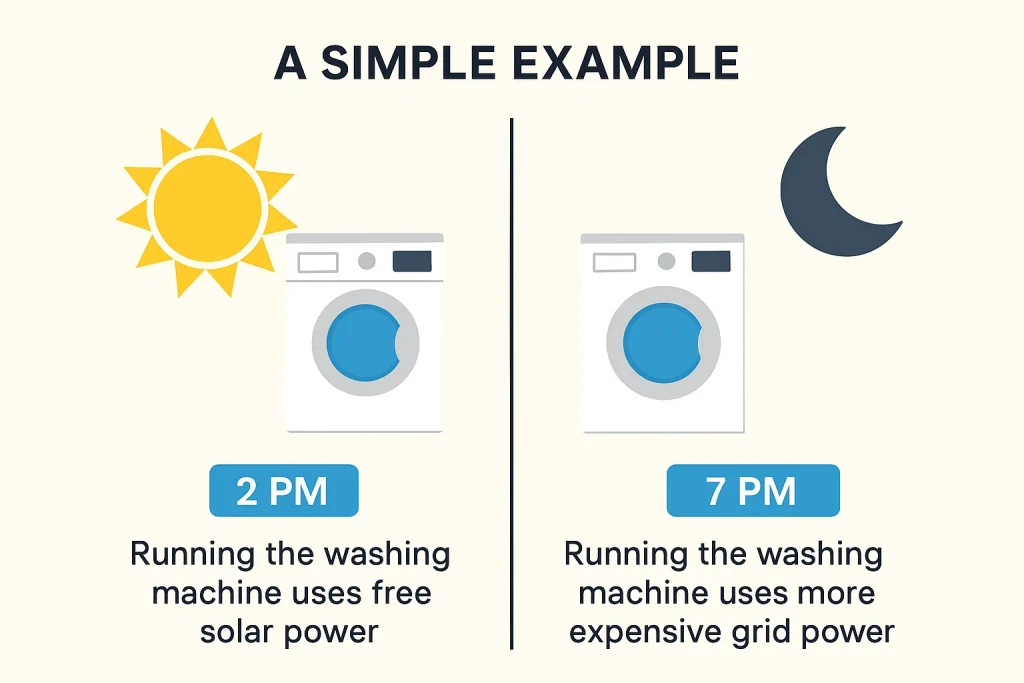The world is undergoing a massive shift toward electrification. From heat pumps and induction cooking to electric vehicles (EVs), our daily energy usage is increasingly powered by electricity. This transition is essential for reducing carbon emissions—especially when electricity comes from renewable energy sources—and it plays a crucial role in fighting climate change.
But electrification brings technical challenges that cannot be ignored. As households adopt solar panels, EVs, and smart appliances, our energy consumption patterns put pressure on existing power grids. Without smart management, this can cause grid congestion, leading to inefficiencies and even failures. The solution lies in smarter systems, intelligent scheduling, and innovative algorithms. Let’s dive deeper into how smart grids and demand-side management are shaping the future of energy.

The Challenge of Electrification and Household Demand
The average household consumes between 10–25 kWh of electricity daily, depending on heating, cooling, and appliance usage, with peak demands often reaching 5 kW. Solar panel energy production usually peaks around noon, while household consumption spikes in the evening (18:00–19:00).
Electric vehicles add another layer of complexity. A single EV requires roughly 70 kWh per full charge, drawing between 3–11 kW. This means that a single EV charging session can triple a household’s peak demand, creating serious strain on local grids if charging aligns with existing consumption peaks.
Here are some examples of what the daily energy profile of a household with solar panels without electric vehicle look like (data from the European CoSSMic project, graph generated using Mermaid):

When multiple households in a neighborhood operate appliances and charge EVs simultaneously, electricity demand can exceed safe grid capacity. This phenomenon—known as grid congestion—is one of the biggest obstacles to a smooth energy transition.
Why Grid Congestion Matters
Grid congestion occurs when electricity transmission demand surpasses the safe operating capacity of the grid, risking overheating and outages. The International Energy Agency (IEA) warns that congestion is already slowing down the energy transition in many countries.
Expanding physical grid capacity is expensive and often infeasible. Instead, the smarter approach is to manage demand intelligently—shifting how and when consumers use energy. This brings us to the concept of demand-side management.
Smart Grids and Demand-Side Management
Traditionally, energy providers adjusted electricity production to match consumption. But with smart grids, the flow can be reversed—consumers adjust their consumption behavior to match energy production.
This strategy, known as demand-side management (DSM), aims to:
- Spread energy consumption more evenly throughout the day.
- Encourage households to use their self-generated renewable energy (solar, wind) before drawing from the grid.
- Reduce stress on transformers and local distribution systems.
Smart grids enable this by connecting distributed energy resources (DERs) like solar panels, EV chargers, and smart appliances. Devices such as washing machines or dishwashers can be scheduled to operate when renewable energy is available or when grid demand is low.
The Optimization Problem: Energy as a Mathematical Challenge
Imagine dividing a day into small time blocks, like 15 minutes or 1 hour each. For every block, we look at the energy profile:
- If the value is positive, it means you’re using electricity.
- If it’s negative, it means you’re producing electricity (for example with solar panels).
👉 But what counts as a “good profile” depends on who you ask.
From the grid operator’s perspective
The grid operator wants to avoid big spikes in demand (called peak shaving).
Example: if everyone runs their washing machine at 7 PM, demand shoots up at once. This stresses equipment and forces the grid to be built with more capacity, which is expensive.
So, operators prefer when electricity use is spread more evenly across the day.
From the consumer’s perspective
Consumers mostly want to save money.
- Electricity prices (cₜ) change depending on the time of day.
- Selling excess energy back to the grid (sₜ) usually pays much less than buying electricity.
👉 This means it’s usually better to use your own solar energy directly rather than selling it at a low price.
A simple example
- At 2 PM, your solar panels are producing a lot. If you run your washing machine, it runs almost entirely on your free solar energy.
- At 7 PM, the sun is gone. Running the same washing machine now uses electricity from the grid, which is more expensive.
For consumers, the smart choice is to schedule appliances for times when electricity is cheaper or when their own solar production is at its peak.

These competing priorities require advanced algorithms to balance grid stability with consumer savings.
In his influential book Thinking, Fast and Slow, leading psychologist Daniel Kahneman highlights the flaws in assuming that humans are strictly rational actors—so-called ‘econs.’ This is the implicit assumption we make when modeling consumers as mere ‘cost-minimization machines,’ as described above. Nevertheless, this behavior must still be considered, since a controller can be programmed to automatically carry out cost-minimization on behalf of the consumer.
“Here, timeshiftable_profile is the device’s energy profile from start to finish, remaining_profile is the summed energy profile of all other devices, and objective is the function we want to minimize.”
Polished code (JavaScript)
class TimeShiftable {
/**
* @param {number[]} timeshiftable_profile - The device's fixed energy draw per slot once started.
*/
constructor(timeshiftable_profile) {
this.timeshiftable_profile = timeshiftable_profile;
this.activation_time = 0;
}
/**
* Finds the best activation time that minimizes the given objective.
* @param {number[]} remaining_profile - Aggregate profile of all other devices (same length as the horizon).
* @param {(profile:number[]) => number} objective - Objective function to minimize (e.g., sum of squares or cost).
* @returns {{activation_time:number, objective:number}}
*/
optimize(remaining_profile, objective) {
const horizon = remaining_profile.length;
const len = this.timeshiftable_profile.length;
if (len > horizon) {
throw new Error("timeshiftable_profile length exceeds scheduling horizon.");
}
let best_objective = Infinity;
let best_activation_time = 0;
// Earliest start = 0; latest start = horizon - len
for (let activation_time = 0; activation_time <= horizon - len; activation_time++) {
const leadingZeros = Array(activation_time).fill(0);
const trailingZeros = Array(horizon - len - activation_time).fill(0);
// Place the device profile at the candidate start time
const shiftable_profile = leadingZeros
.concat(this.timeshiftable_profile)
.concat(trailingZeros);
// Element-wise sum to get the total profile
const total_profile = remaining_profile.map((v, i) => v + shiftable_profile[i]);
// Evaluate the objective
const value = objective(total_profile);
if (value < best_objective) {
best_objective = value;
best_activation_time = activation_time;
}
}
this.activation_time = best_activation_time;
return { activation_time: best_activation_time, objective: best_objective };
}
}
Time-Shiftable Devices: The Starting Point
The simplest class of controllable devices are time-shiftable appliances, such as washing machines or dishwashers. These devices have fixed energy profiles but flexible start times. By scheduling them strategically, households can minimize costs or help balance the grid.
Optimizing the activation time for one device is straightforward. But with multiple appliances, the problem grows exponentially—becoming a variation of the partition problem, a well-known NP-hard challenge in computer science. This means that finding the mathematically perfect solution is practically impossible at scale.
Practical Solutions: Profile Steering
Since perfect optimization isn’t feasible, the next best solution is “good enough” scheduling. One promising approach is profile steering, which works as follows:
- Randomly select a device to optimize while keeping others fixed.
- Adjust its start time for better performance.
- Repeat until no further improvements are possible.
This iterative process prevents massive inefficiencies and offers real-world scalability. However, profile steering is not without risks. For example, if electricity prices are lowest at a certain time, multiple devices may end up clustered in the same slot—ironically creating new demand peaks.
Aligning Consumer and Grid Interests
Currently, grid operators and consumers often have misaligned incentives. Consumers want to minimize cost, while operators want to minimize peaks. This conflict calls for new pricing models and incentive structures, such as rewarding cooperation or penalizing clustered consumption.
Future smart grids will need not only technical solutions but also economic and behavioral strategies to ensure balanced, fair, and efficient energy use.
Read Decentralized Energy Management with Profile Steering (PDF) for more information about profile steering.
Conclusion
The global shift toward electrification is critical for decarbonization and climate change mitigation, but it also poses unprecedented challenges for power grids. Through smart grids, demand-side management, and advanced optimization techniques, we can make energy usage more efficient, resilient, and sustainable.
The path forward lies not in expanding grid capacity endlessly, but in using intelligent energy management to balance supply and demand. By embracing smart appliances, optimized scheduling, and cooperative incentive models, households and grid operators can work together toward a cleaner, more reliable energy future.
And if you'd like to go a step further in supporting us, you can treat us to a virtual coffee ☕️. Thank you for your support ❤️!

We do not support or promote any form of piracy, copyright infringement, or illegal use of software, video content, or digital resources.
Any mention of third-party sites, tools, or platforms is purely for informational purposes. It is the responsibility of each reader to comply with the laws in their country, as well as the terms of use of the services mentioned.
We strongly encourage the use of legal, open-source, or official solutions in a responsible manner.



Comments